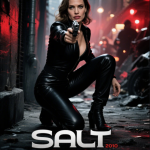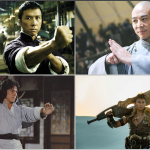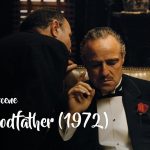Oldboy (2003) Movie Review: A Cinematic Masterpiece of Revenge and Redemption

Oldboy (2003), directed by Park Chan-wook, is a South Korean neo-noir action thriller that has cemented its place as one of the most iconic films in modern cinema. Based on the Japanese manga by Garon Tsuchiya and Nobuaki Minegishi, this visceral tale of revenge, mystery, and psychological torment has captivated audiences worldwide. With its gripping narrative, unforgettable twists, and masterful direction, Oldboy remains a must-watch for cinephiles and casual viewers alike. In this comprehensive 2000-word review, we’ll dive deep into the elements that make Oldboy a timeless classic, exploring its plot, themes, cinematography, performances, and cultural impact, all while keeping the content SEO-optimized for maximum reach.
Introduction to Oldboy (2003)
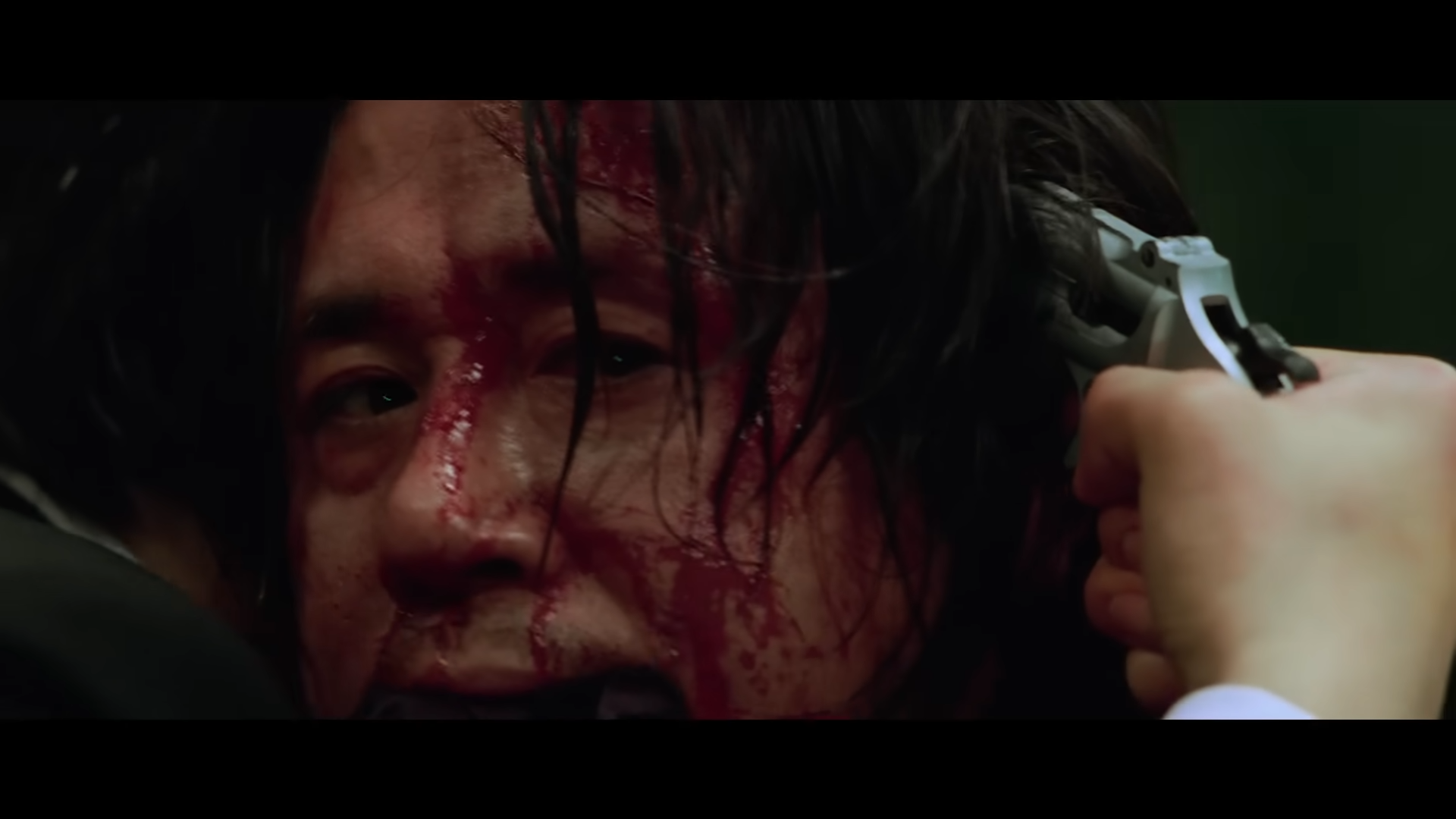
Released in 2003 as the second installment of Park Chan-wook’s Vengeance Trilogy (preceded by Sympathy for Mr. Vengeance and followed by Lady Vengeance), Oldboy tells the story of Oh Dae-su, a man inexplicably imprisoned for 15 years, only to be released and given five days to uncover the truth behind his captivity. What unfolds is a dark, emotionally charged journey that blends psychological drama, action, and tragedy in a way that few films have achieved.
The film stars Choi Min-sik as Oh Dae-su, delivering a powerhouse performance that anchors the story’s intensity. Supported by Yoo Ji-tae and Kang Hye-jung, the cast brings depth to a narrative that is as unsettling as it is compelling. With its bold storytelling and shocking plot twists, Oldboy has garnered critical acclaim, winning the Grand Prix at the 2004 Cannes Film Festival and inspiring a 2013 Hollywood remake.
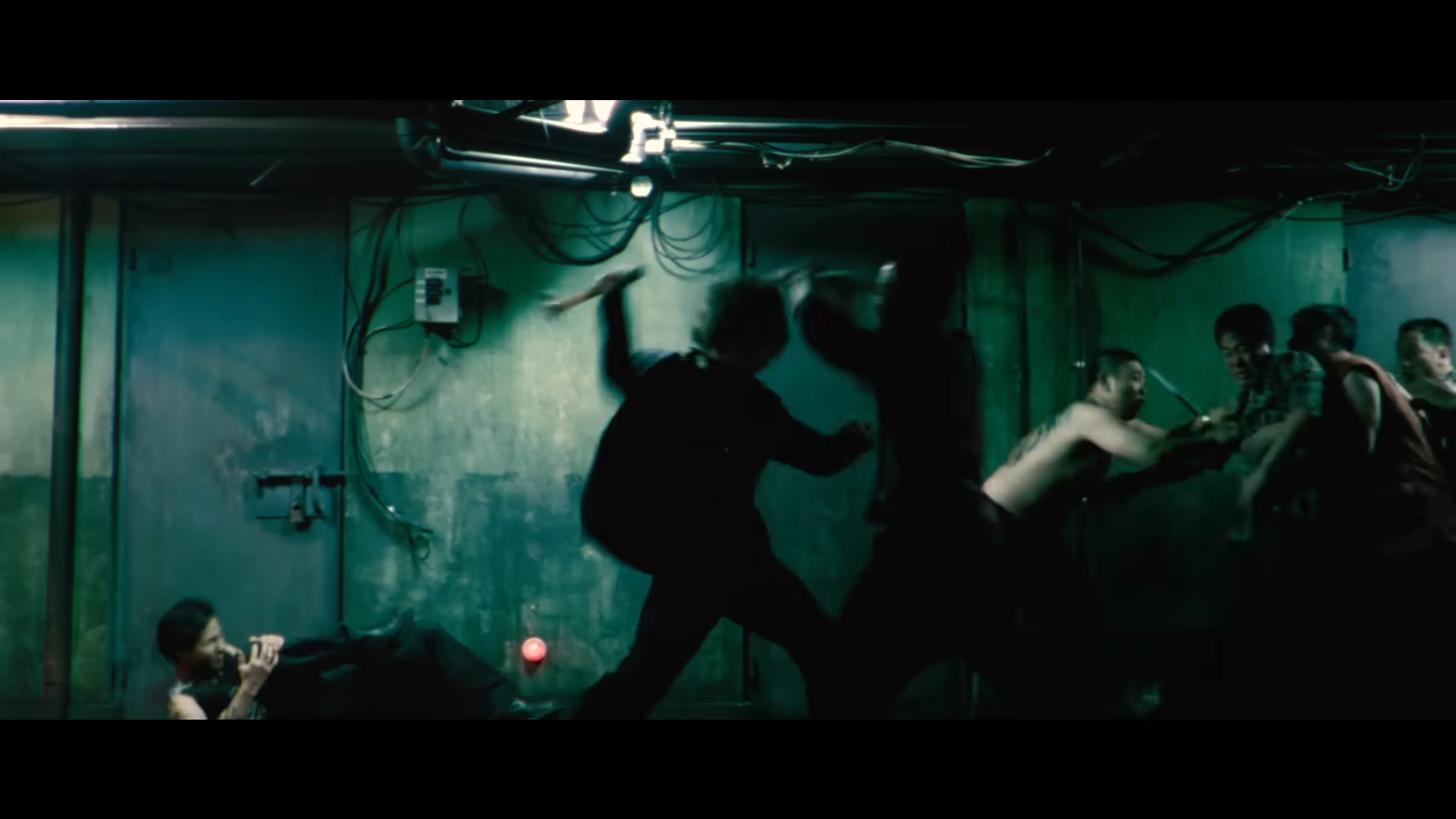
This Oldboy movie review will break down why the film continues to resonate with audiences, offering insights into its narrative structure, visual style, and thematic depth. Whether you’re a fan of international cinema or searching for a thought-provoking thriller, this article will guide you through the brilliance of Oldboy (2003).
Plot Summary (No Spoilers)
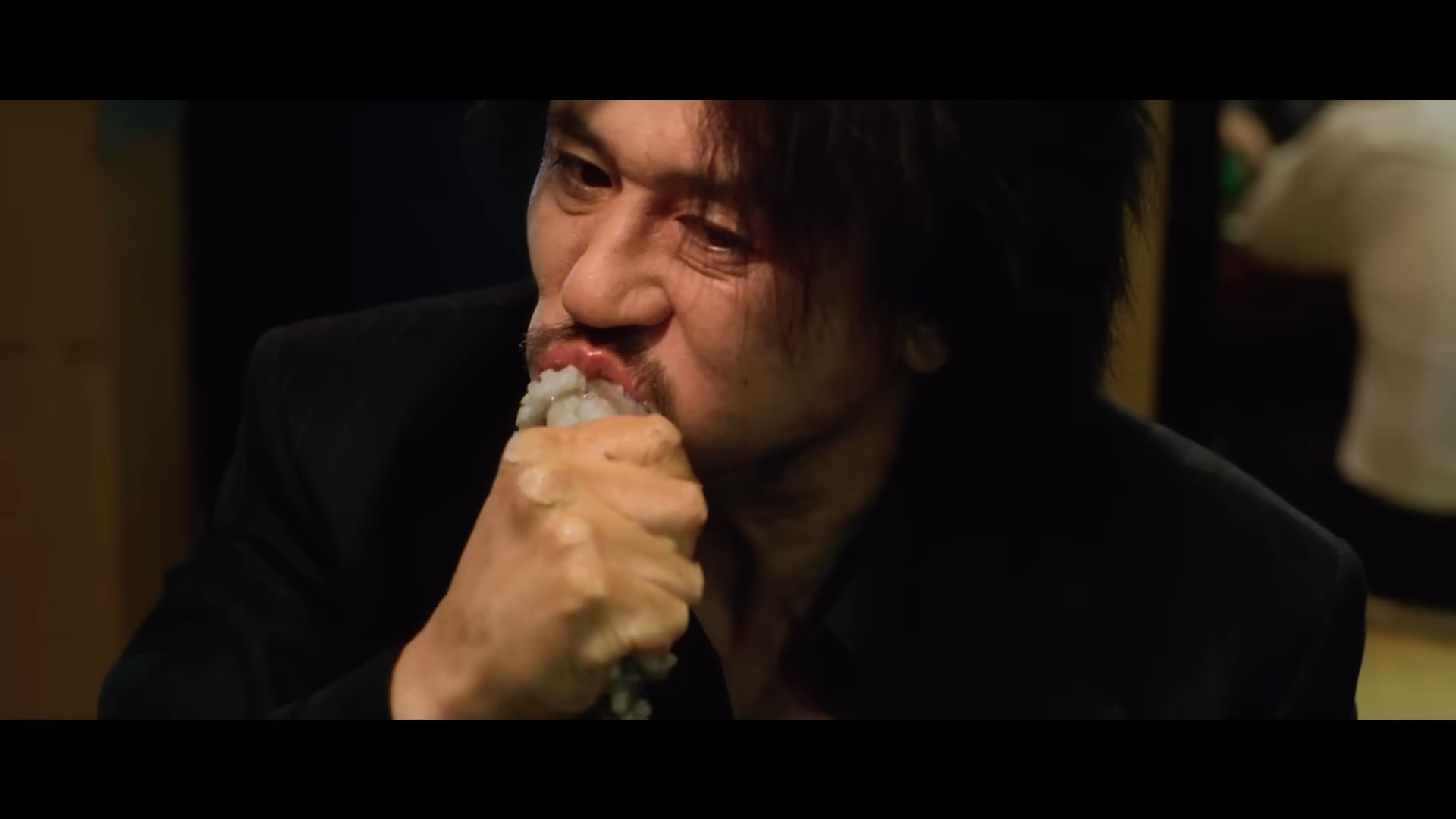
Oldboy begins with Oh Dae-su, an ordinary businessman, being kidnapped and confined in a private prison cell for 15 years without explanation. During his captivity, he learns through television that his wife has been murdered, and he is the prime suspect. Driven by rage and desperation, Dae-su trains his body and mind, preparing for the day he might escape.
When he is abruptly released, Dae-su embarks on a relentless quest for answers. Armed with only a few clues and a burning desire for revenge, he crosses paths with Mi-do, a young sushi chef, and faces off against a mysterious antagonist who seems to know more about Dae-su’s past than he does. The film unfolds as a high-stakes mystery, with each revelation pulling the audience deeper into a web of deceit and tragedy.
The beauty of Oldboy lies in its ability to balance intense action with profound emotional weight. While we’ll avoid spoilers in this review, rest assured that the film’s twists are both shocking and meticulously crafted, making it a rewarding experience for first-time viewers.
Themes and Symbolism in Oldboy
Oldboy is more than a revenge thriller; it’s a profound exploration of human nature, guilt, and redemption. Park Chan-wook weaves complex themes into the narrative, inviting viewers to reflect on the consequences of vengeance and the fragility of the human psyche. Below are some of the key themes that elevate Oldboy to a work of art:
1. Revenge and Its Consequences
At its core, Oldboy is a meditation on revenge. Oh Dae-su’s journey is fueled by his desire to punish those who wronged him, but the film questions whether vengeance can ever bring true closure. Park Chan-wook challenges the audience to consider the cost of retribution, both for the avenger and those around them.
2. Identity and Memory
The film delves into the concept of identity, exploring how memory shapes who we are. Dae-su’s 15 years in captivity strip him of his former life, forcing him to confront questions about his past and his place in the world. The interplay between memory and truth is a recurring motif, adding layers to the story’s psychological depth.
3. Fate and Free Will
Oldboy grapples with the tension between fate and free will. Are the characters bound by destiny, or do their choices drive the narrative? Park Chan-wook uses symbolism, such as the recurring motif of ants, to underscore the characters’ struggles against forces beyond their control.
4. Guilt and Redemption
Guilt permeates the film, with each character grappling with their own moral failings. The quest for redemption is a driving force, but Oldboy doesn’t offer easy answers. Instead, it presents a raw, unflinching look at the human capacity for both sin and forgiveness.
These themes are seamlessly woven into the narrative, making Oldboy a film that lingers in the mind long after the credits roll. For viewers searching for a movie that combines action with philosophical depth, Oldboy is unmatched.
Cinematography and Visual Style
Park Chan-wook’s directorial vision is one of Oldboy’s greatest strengths. The film’s visual style is both gritty and stylized, creating a world that feels both real and surreal. Cinematographer Chung Chung-hoon masterfully captures the story’s emotional intensity, using bold colors, dynamic camera work, and meticulous framing to enhance the narrative.
Iconic Scenes and Techniques
One of the most memorable sequences in Oldboy is the hallway fight scene, a single-take masterpiece that showcases Dae-su’s raw physicality and desperation. Filmed in a single continuous shot, this scene is a technical marvel that has become a benchmark for action choreography in cinema.
The film also employs stark contrasts between light and shadow, reflecting the characters’ inner turmoil. The use of vibrant reds and greens adds a surreal quality, while tight close-ups emphasize the emotional weight of key moments. Park’s attention to detail extends to the set design, with the claustrophobic prison cell and gritty urban landscapes serving as extensions of Dae-su’s psyche.
Symbolism in Visuals
Visual motifs, such as mirrors, ants, and clocks, reinforce the film’s themes. Mirrors reflect the characters’ fractured identities, while ants symbolize the overwhelming forces that threaten to consume them. These subtle touches elevate Oldboy beyond a standard thriller, rewarding attentive viewers with layers of meaning.
For those searching for “best cinematography in movies” or “visually stunning films,” Oldboy is a prime example of how visual storytelling can enhance a narrative.
Performances: Choi Min-sik and the Cast
The performances in Oldboy are nothing short of extraordinary, with Choi Min-sik delivering a career-defining role as Oh Dae-su. His transformation from a flawed everyman to a broken, vengeful warrior is both heartbreaking and captivating. Choi’s physicality and emotional range make every moment of Dae-su’s journey feel authentic, whether he’s fighting for his life or grappling with existential despair.
Yoo Ji-tae, as the enigmatic antagonist Lee Woo-jin, brings a chilling charisma to the role. His restrained performance contrasts with Choi’s intensity, creating a dynamic that keeps the audience on edge. Kang Hye-jung, as Mi-do, adds warmth and vulnerability to the story, serving as an emotional anchor amidst the chaos.
The chemistry between the cast members elevates the film, making even the most shocking moments feel grounded in human emotion. For viewers searching for “best movie performances” or “iconic movie roles,” Choi Min-sik’s portrayal of Oh Dae-su is a must-see.
Music and Sound Design
The soundtrack, composed by Jo Yeong-wook, is a haunting blend of classical and modern elements that perfectly complements the film’s tone. From melancholic strings to pulsing rhythms, the music amplifies the emotional stakes of each scene. The use of silence is equally effective, heightening tension during key moments.
Sound design plays a crucial role in immersing the audience in Dae-su’s world. The clanging of metal in the prison cell, the squelching of raw octopus, and the thud of fists in combat create a visceral experience. For those searching for “best movie soundtracks” or “immersive movie sound design,” Oldboy delivers on both fronts.
Cultural Impact and Legacy
Since its release, Oldboy has left an indelible mark on global cinema. It played a pivotal role in introducing South Korean cinema to Western audiences, paving the way for films like Parasite and Train to Busan. Its influence can be seen in countless thrillers and action films, with directors citing Park Chan-wook as a major inspiration.
The film’s iconic hallway scene has been referenced and parodied in various media, while its twists have become a benchmark for narrative surprises. Despite a polarizing 2013 remake directed by Spike Lee, the original Oldboy remains the definitive version, cherished by fans and critics alike.
For those searching for “influential movies” or “South Korean cinema classics,” Oldboy is a cornerstone of modern filmmaking.
Why Oldboy Stands the Test of Time
More than two decades after its release, Oldboy remains as powerful and relevant as ever. Its exploration of universal themes—revenge, guilt, and redemption—transcends cultural boundaries, while its bold storytelling and technical prowess continue to inspire filmmakers and audiences. Whether you’re drawn to its action, its psychological depth, or its unforgettable twists, Oldboy is a film that demands to be experienced.
Who Should Watch Oldboy?
-
Fans of psychological thrillers and neo-noir films.
-
Viewers who enjoy complex narratives with shocking twists.
-
Cinephiles interested in South Korean cinema or Park Chan-wook’s work.
-
Those searching for “best revenge movies” or “must-watch foreign films.”
Where to Watch Oldboy (2003)
Oldboy is available on various streaming platforms, including Netflix, Amazon Prime Video, and MUBI (availability may vary by region). Check your local listings or search for “watch Oldboy 2003 online” to find the latest options.
Conclusion
Oldboy (2003) is a cinematic triumph that blends raw emotion, stunning visuals, and a gripping narrative into a singular experience. Park Chan-wook’s direction, combined with Choi Min-sik’s unforgettable performance, creates a film that is both thrilling and thought-provoking. From its iconic hallway fight to its devastating twists, Oldboy is a masterclass in storytelling that continues to captivate audiences worldwide.
Whether you’re a longtime fan or a newcomer searching for “best thriller movies” or “classic South Korean films,” Oldboy is an essential watch. Its exploration of revenge, identity, and redemption will leave you questioning long after the credits roll. So, grab some dumplings, dim the lights, and prepare for a cinematic journey unlike any other.
Have you watched Oldboy (2003)? Share your thoughts in the comments below, and let us know your favorite moments from this iconic film! For more movie reviews and recommendations, check out our other articles on classic thrillers and South Korean cinema.



